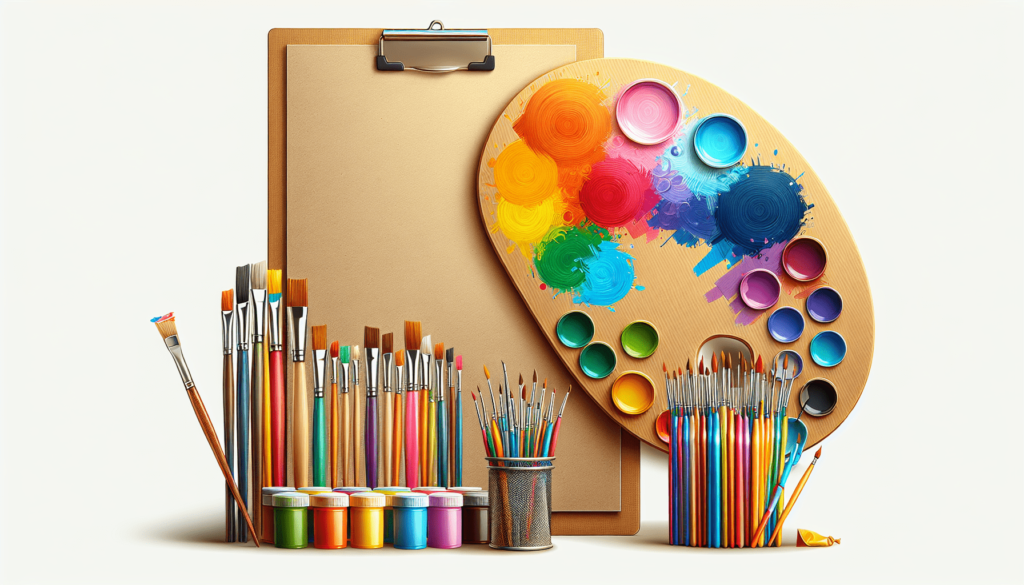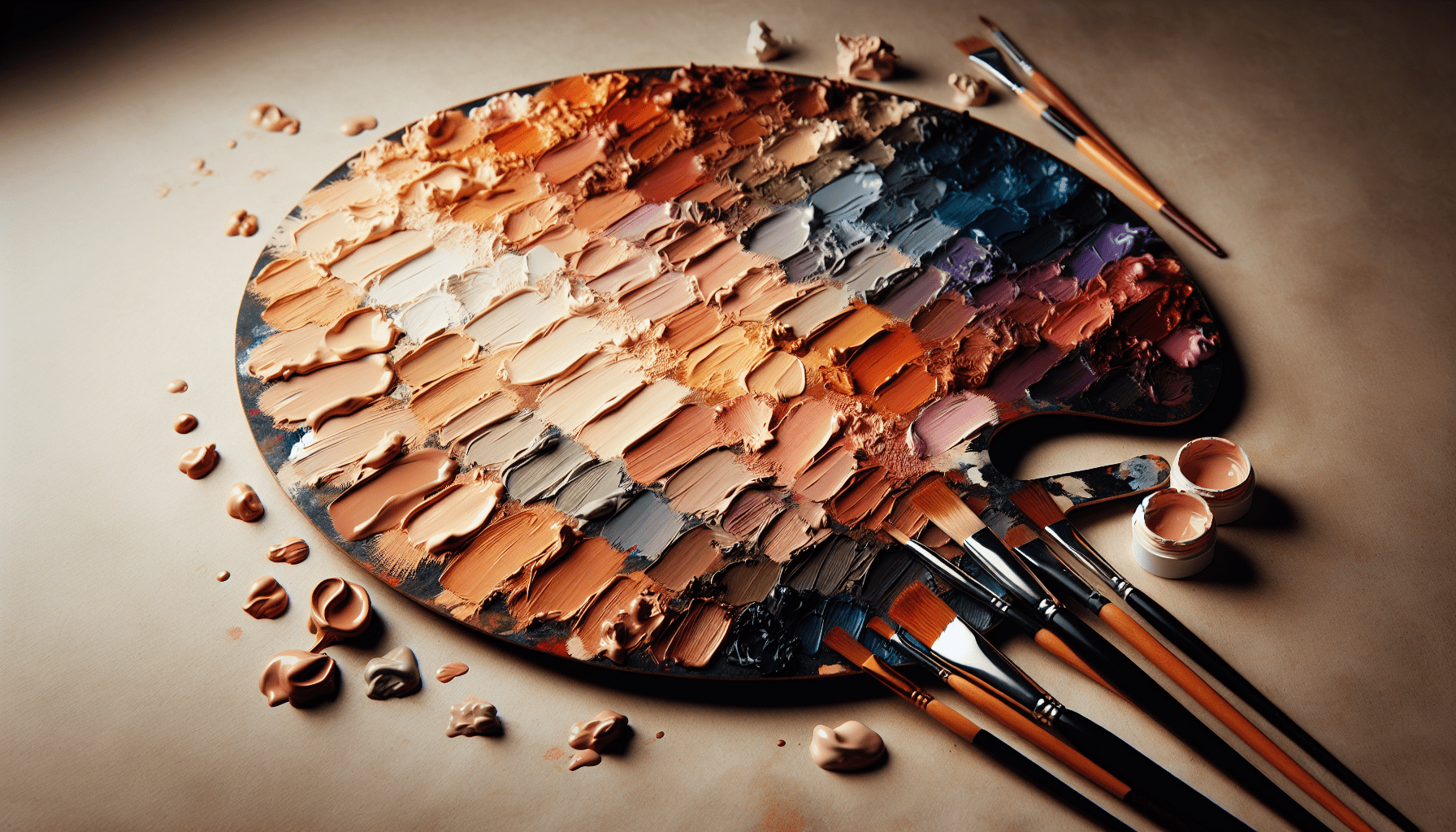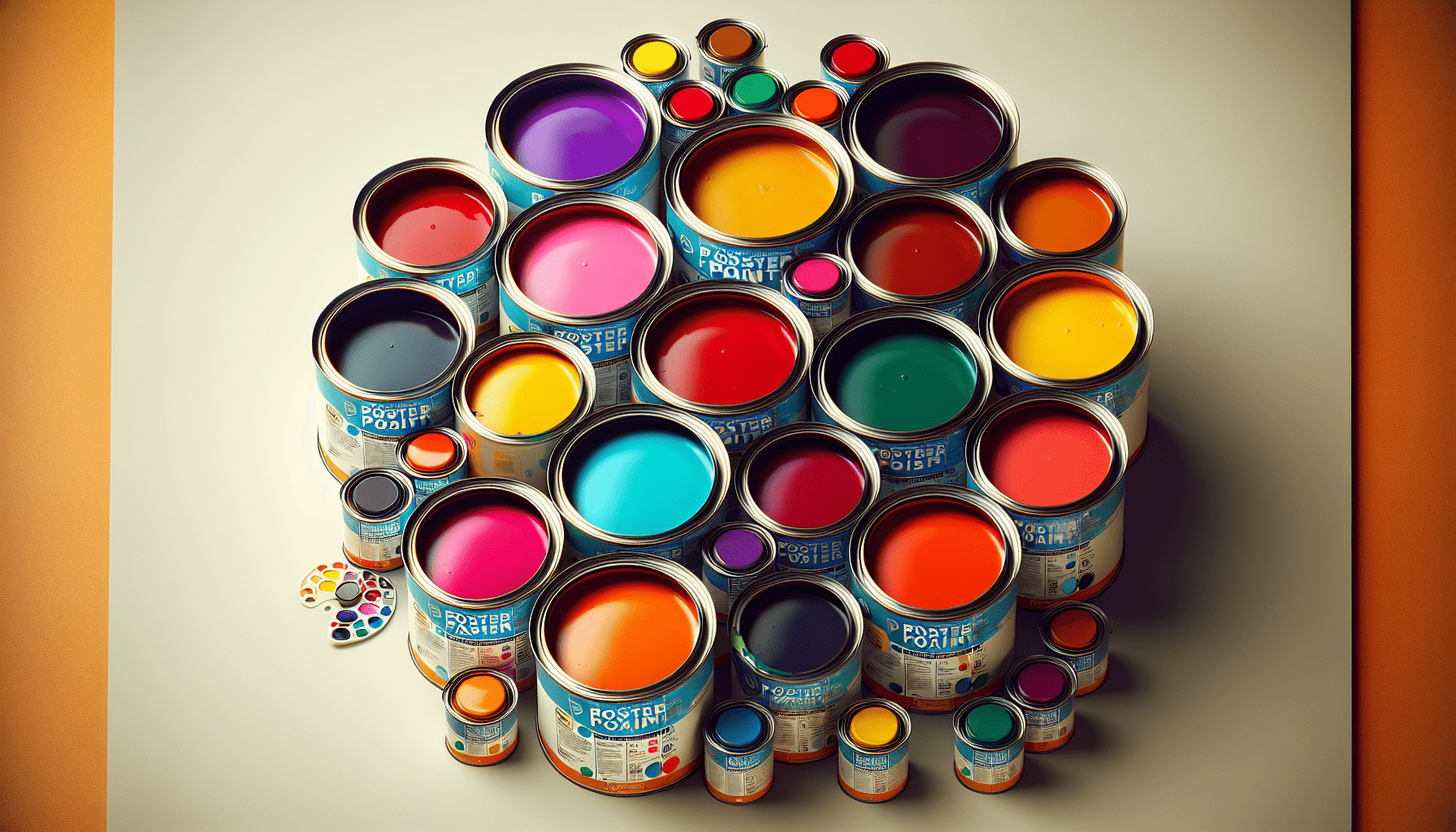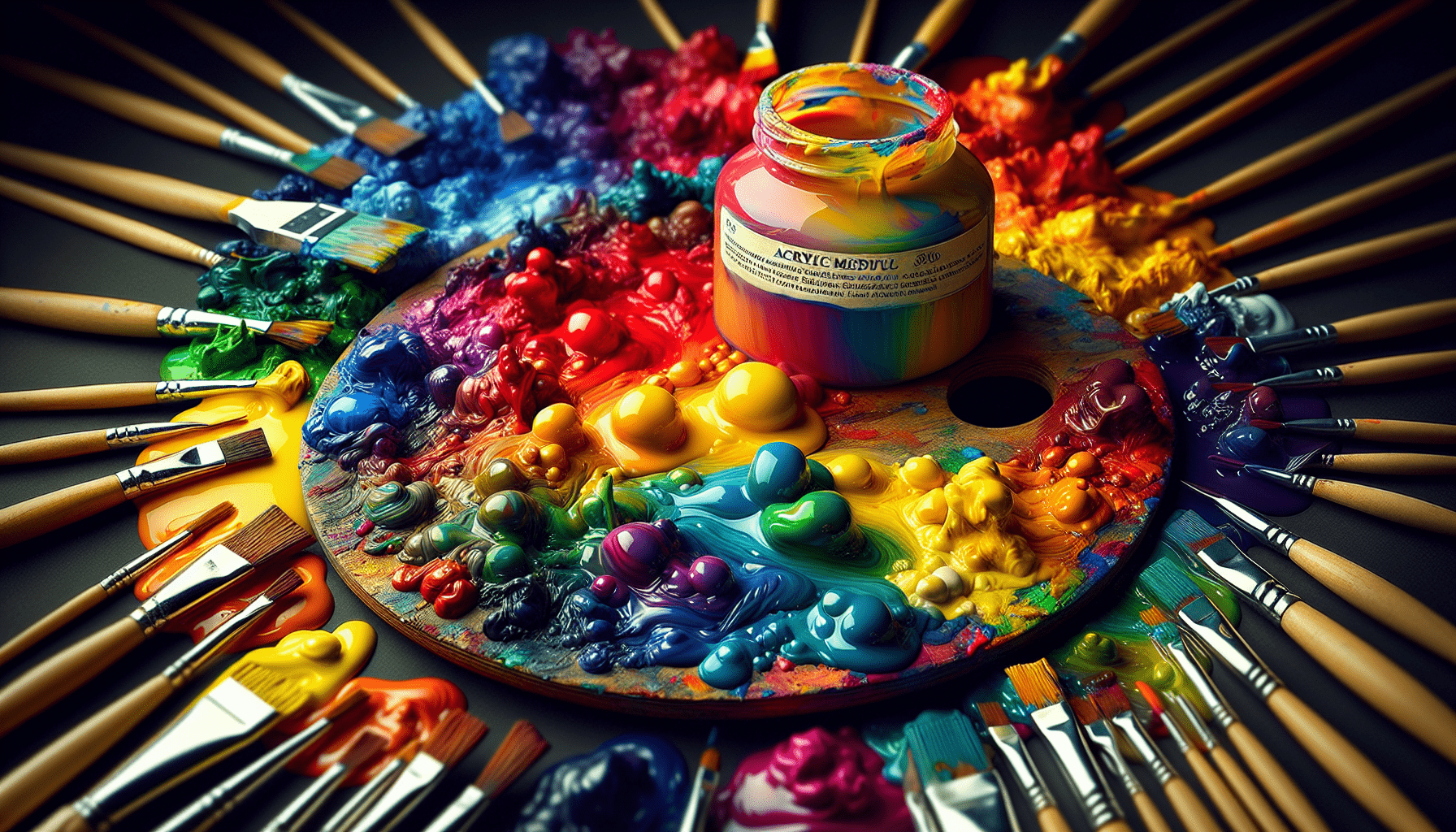Have you ever found yourself looking at a blank poster board and wondering if you can transform it into a vibrant work of art with paint? Understanding the nuances of painting on poster board can lead to successful projects, whether for school, business presentations, or personal creative endeavors. This article will address this question in-depth, exploring the feasibility, techniques, and considerations involved in painting poster board.
Understanding Poster Board
Before you begin painting, it is crucial to comprehend what poster board is and its characteristics. Poster board is a type of paperboard that is thicker and more durable than regular paper but not as sturdy as cardboard. Typically smooth and often glossy on one side, it is commonly used for displays, signs, and posters.
Composition and Types
Poster boards are usually composed of cellulose fibers extracted from wood pulp. They come in various types based on thickness, texture, and surface finish.
| Type | Description | Common Uses |
|---|---|---|
| Regular | Thin, smooth, typically with a glossy finish on one side | Posters, School Projects |
| Foam | Two sheets of poster board joined with a layer of foam in between | Presentation Boards, Displays |
| Tri-Fold | Consists of three panels, often used for science projects and exhibits | Science Fairs, Business Presentations |
Understanding these types helps you choose the best one for your painting project, considering both the project’s requirement and the board’s durability.
Preparing to Paint Poster Board
Preparation is key when painting on poster board. A well-prepared surface ensures better paint adhesion and a smoother finish.
Gathering Materials
You’ll need the following materials:
- Poster board
- Paint (acrylic, tempera, or watercolors)
- Paintbrushes or sponges
- Primer (optional)
- Masking tape
- Palette
- Clean cloth and water
Surface Preparation
Start by cleaning the poster board to remove any dust or debris. If the surface is glossy, lightly sanding it can help to create a surface that the paint can adhere to better.
Priming the Surface
While optional, applying a primer can enhance paint adherence and prevent absorption issues. Gesso, a type of primer, is an excellent choice for this purpose.

Types of Paint Suitable for Poster Board
Different paints interact with poster board in various ways. Knowing the characteristics of each type can guide you in selecting the most suitable one for your project.
Acrylic Paint
Acrylic paint is one of the most versatile and favored options for painting poster board. It dries relatively quickly, offers vibrant colors, and adheres well to the surface without causing much warping.
Advantages:
- Quick drying
- Durable and water-resistant when dry
- Available in a wide range of colors
Tempera Paint
Tempera paint is another excellent option, particularly for projects that may be viewed by children or in a school setting. It’s easy to use and washes off with soap and water.
Advantages:
- Non-toxic and washable
- Provides bright, opaque coverage
- Affordable
Watercolors
Watercolors can be used on poster board but require additional care due to their high water content. They are best suited for smaller, detailed work.
Advantages:
- Translucent and blendable
- Suitable for layered painting
Considerations:
Due to the poster board’s susceptibility to warping when wet, using less water or thicker watercolor paints is advisable.
Painting Techniques
Different techniques can help achieve desired effects on poster board. Below are some approaches to consider:
Base Coating
Applying a base coat can unify the surface and provide a consistent color background for your design. Light colors work best as a base coat since they allow subsequent layers to stand out more effectively.
Layering
Layering involves applying one layer of paint over another, allowing each layer to dry completely before adding the next. This technique helps in building depth and detail in your work.
Blending and Gradients
To achieve smooth gradients or blend colors, you can use a wet-on-wet technique, where you apply new paint to an area that’s still wet. This allows the colors to mix naturally on the surface.
Detailing and Highlights
Finishing touches, such as highlights or precise lines, are best done with smaller brushes. Ensure that these final layers are applied with minimal water or thinner to avoid disturbing the layers underneath.

Protecting Your Finished Work
Once your painting is complete, it’s essential to protect it from damage and ensure longevity.
Sealing the Painting
Applying a sealant can protect your artwork from smudging, dust, humidity, and UV rays. Spray sealants are particularly effective for poster board, offering even coverage without brush marks.
Framing and Display
If you intend to display your painted poster board, proper framing can both enhance the visual appeal and provide additional protection. Consider frames with a protective glass or acrylic cover.
Common Challenges and Solutions in Painting Poster Board
While painting on poster board can be straightforward, several challenges may arise. Knowing how to address them can lead to a smoother process and better results.
Warping
Warping happens when the board absorbs too much moisture from the paint. Utilizing less water in your paints and applying even layers can mitigate this problem. Weighting the board down as it dries can also help maintain its flatness.
Paint Adherence
Ensuring paint adheres well to the board can be tricky, especially on glossy surfaces. Light sanding or priming the surface can improve paint adherence remarkably.
Color Bleeding
If using thin or water-based paints, color bleeding may occur, where one color runs into another. Use thicker paints or let each layer dry thoroughly before applying the next.
Dos and Don’ts of Painting Poster Board
Here is a list of best practices and common pitfalls to avoid when painting on poster board.
Dos
- Do use high-quality paintbrushes for a smooth application.
- Do test your paint on a small section before committing to the entire project.
- Do use primer if you notice paint not adhering well.
- Do apply paint in thin layers for better control and to avoid warping.
Don’ts
- Don’t oversaturate the poster board with water.
- Don’t skip surface preparation steps like cleaning and optional priming.
- Don’t rush the drying process; allow each layer to dry completely before adding more paint.
Quick Reference Guide
| Challenge | Solution |
|---|---|
| Warping | Use less water, even paint layers, weight down |
| Paint not adhering | Sand or prime the surface |
| Color bleeding | Use thick paints, ensure layers dry completely |
Innovative Ideas for Poster Board Projects
The possibilities for creativity on poster board are endless. Here are a few innovative project ideas that you can try:
Educational Charts
Create colorful educational charts that make learning fun and engaging. These could include anything from mathematical tables to historical timelines.
Custom Signs
Design custom signs for events, parties, or even for room decor. Incorporate unique fonts, symbols, and colors to express your creativity.
Artistic Collages
Combine painting with other materials, such as magazine cutouts or fabric scraps, to create mixed-media collages that add texture and visual interest.
Themed Posters
Create a series of themed posters, whether for a movie, book, or any interest area. Use different painting techniques to reflect the theme appropriately.
Conclusion
Yes, you can indeed paint poster board, and with the right preparation, materials, and techniques, the results can be quite impressive. Whether you’re a seasoned artist or just someone looking to express your creativity, understanding the specifics of painting poster board can take your projects to the next level. By following the guidelines and tips outlined in this article, you’ll be well-equipped to tackle any poster board painting project with confidence and skill.



